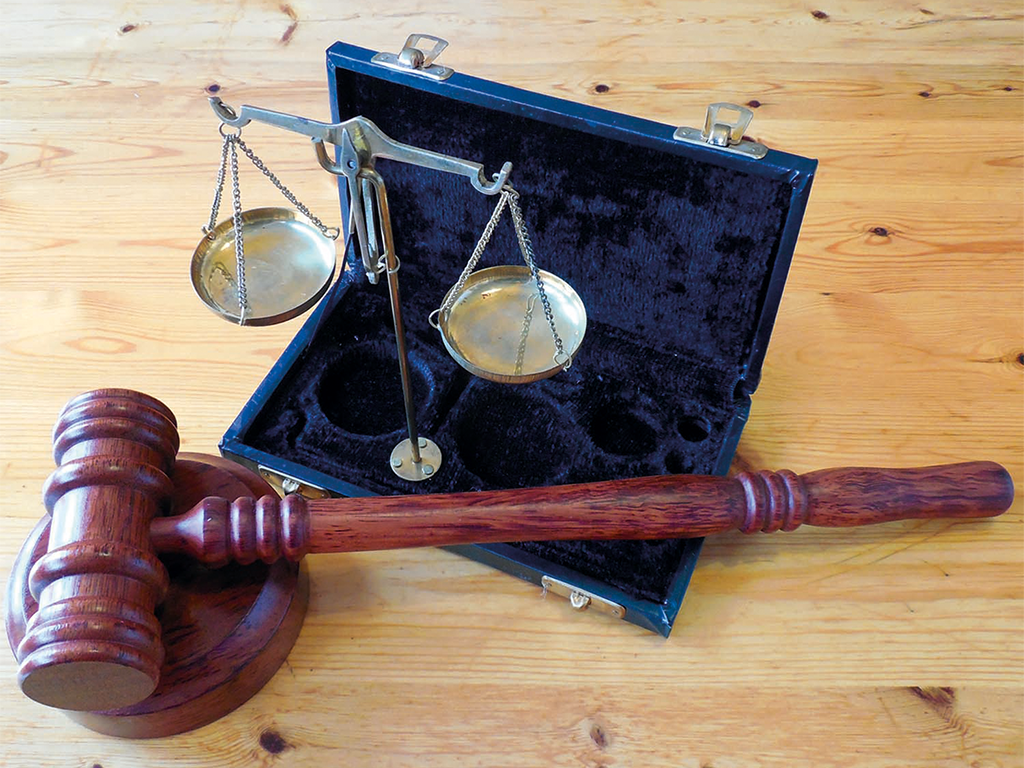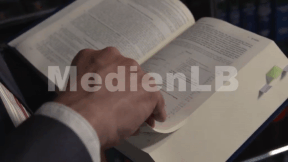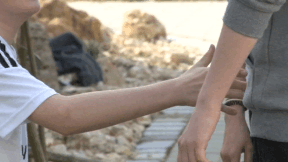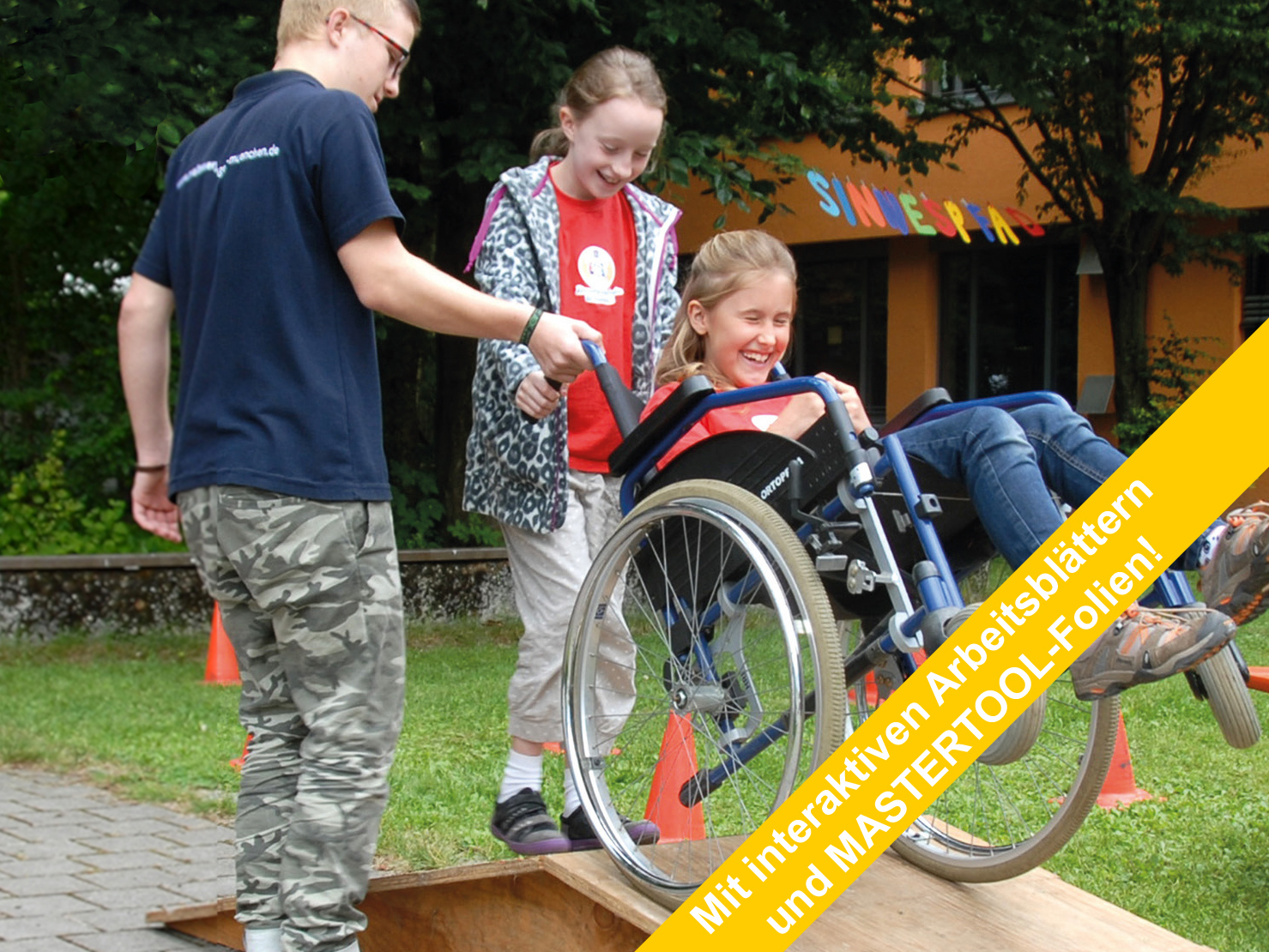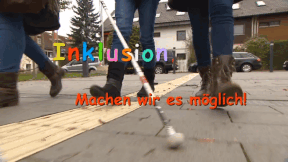 Primary School
Primary School
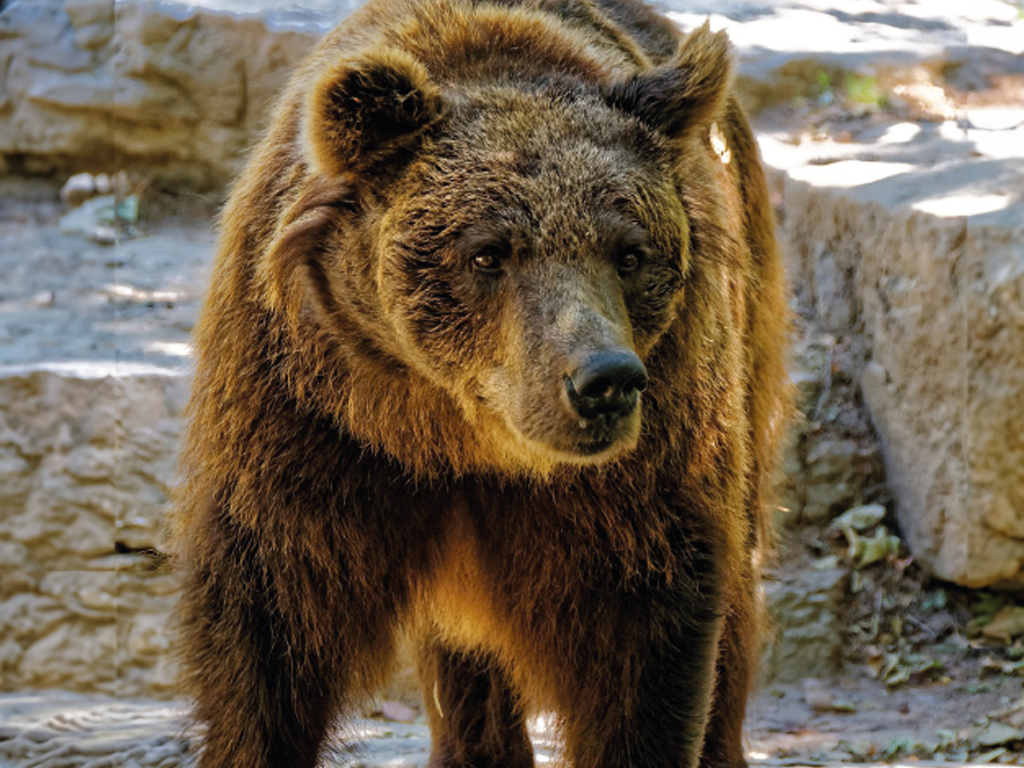

4677064 / 5564359
Zoo Learning
Brown Bear, Wolf and Eagle Owl
Seeing animals close up on a trip right in the middle of the city – this is possible on a visit to the zoo.
There we can see many animals that cannot be found in the wild around here as a rule.
From small to large, dangerous animals, harmless animals, and some you can stroke.
Animals that attract attention through their outward appearance and those that are difficult to see in their environment.
In the zoo, the animals are kept in enclosures. In this way you can see them close up and they cannot pose any risk to people.
In Munich, the chimpanzees live in a large outdoor enclosure which has been recreated amazingly similar to their natural home.
Zenta and Seppi are enjoying their food and watching the visitors.
Chimpanzees are the closest relatives of humans.
Mammals have the same body temperature all the time, whether they live in cold or hot climates.
Most mammals are land animals but some have also adapted to life in water. The front and hind legs of seals, for example, have become flippers in the course of their evolution.
Other mammals live in the air.
With the folds of skin stretched between their front and hind legs, bats and flying foxes, for example, can fly.
Mammals on land move around in three different ways:
Plantigrades:
They walk with the entire sole of the foot flat on the ground.
The digitigrades walk solely on their toes. That is the way a lynx walks, for example.
Then there are the unguligrades, which move around on the tips of their toes only. Among them is the ibex, for example.
There are about 6,600 different mammal species. For more detailed information, see here: https://worldanimalfoundation.org/advocate/how-many-animals-are-in-the-world/
They are the most advanced vertebrates of all species. In the course of evolution the brain, in particular, has developed greatly.
The biggest mammal in Europe is the wisent. It reaches a height of up to two metres and a weight of up to 450 kilos.
The wisent, a breed of cattle which is related to the American bison, is a good example of the useful work of the zoo, because it was already considered extinct.
In the twenties there were only a few animals living in zoos.
Protected by the zoo, the animal population could recover and today, there are again more than 1,000 animals.

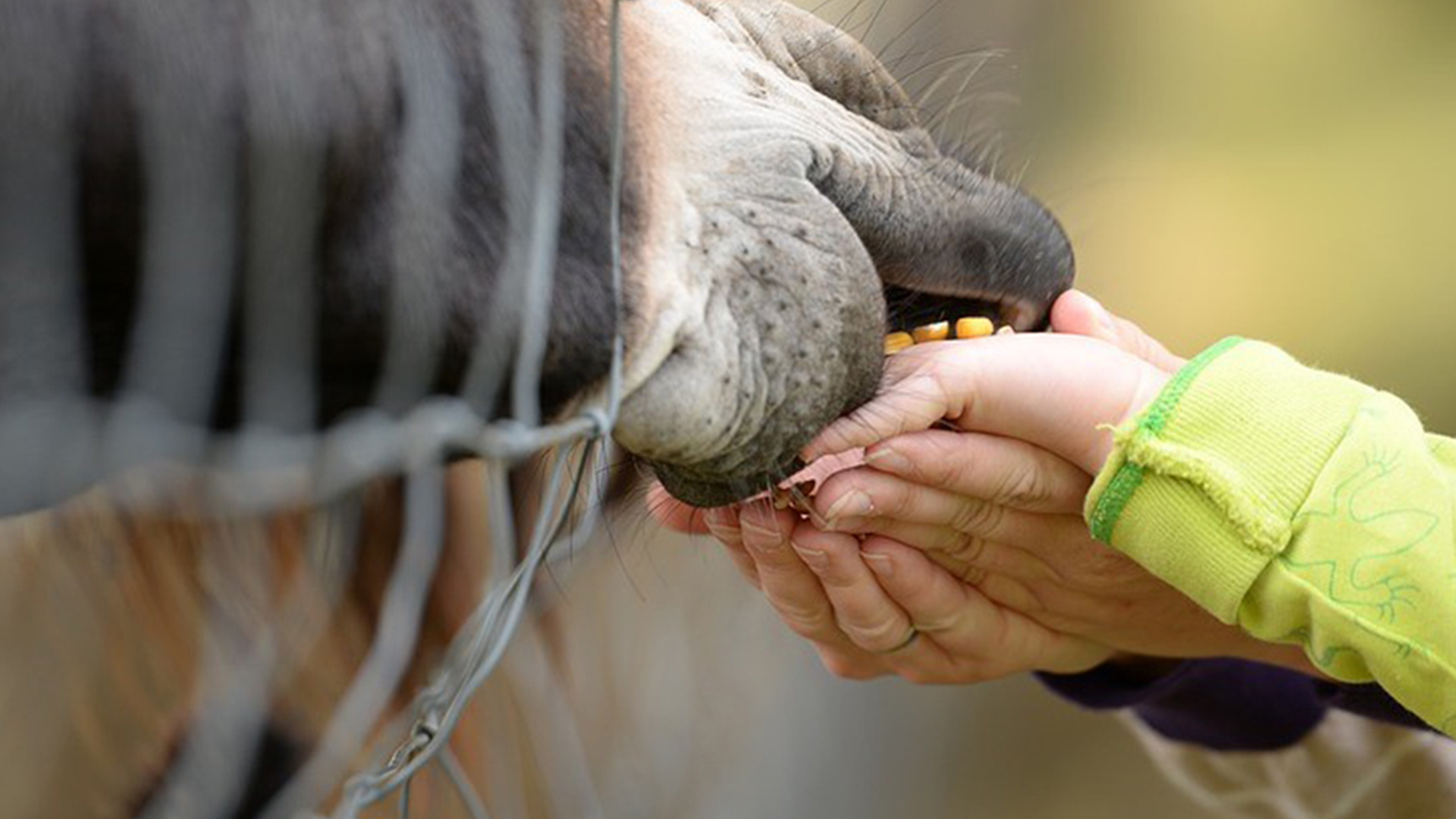
Curriculum-centred and oriented towards educational standards
Matching
Rights and Obligations
Three girls of different ages: Anna is 17, Paula 15 and Lena 13. Before the law, their respective ages have consequences – because children and adolescents have different rights and also obligations.
Inclusion
Madita is eleven and blind. She does not want to go to a special school but to a regular grammar school. She says she feels "normal" there. Jonathan is eight and has a walking disability. He likes going to the school where he lives. Here, his best friend sits next to him. Max Dimpflmeier, a teacher who is severely deaf, explains that school life is not easy. Quote Max Dimpflmeier: "You don't want to attract attention, you want to avoid saying that it is necessary for you that 70 people adjust to your situation." People on their way to inclusion.




